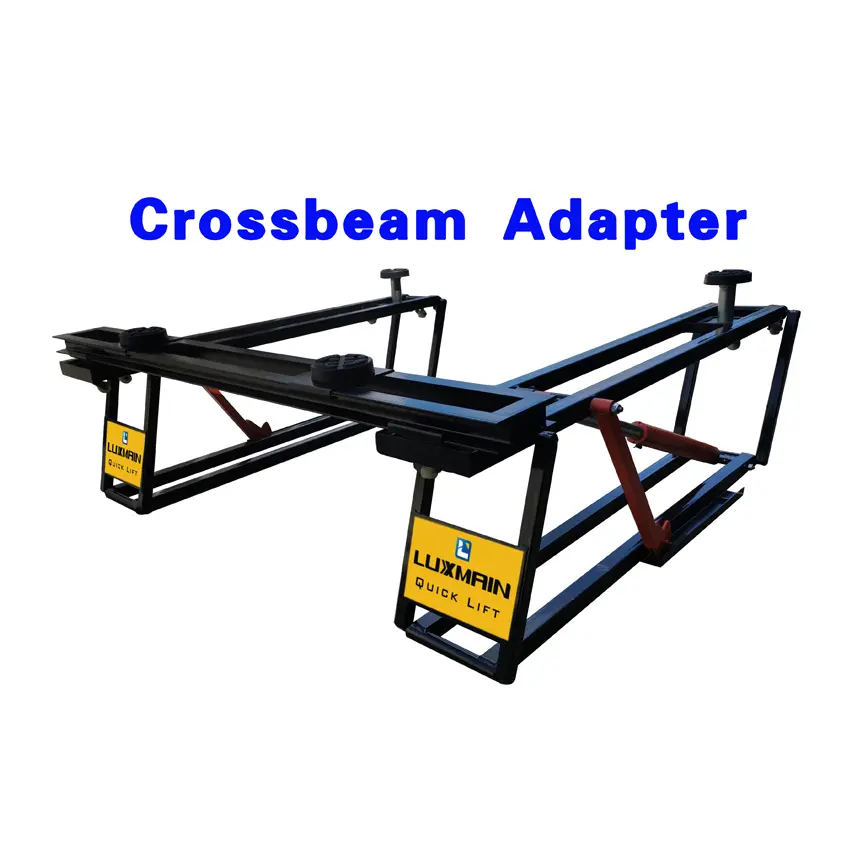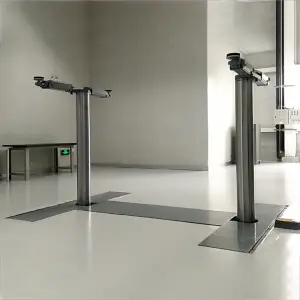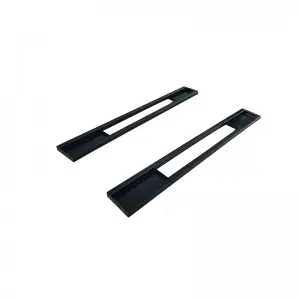[Inground lift]The Benefits and Drawbacks of Using an Ingrou
An inground lift is a type of vehicle lift that is installed into the floor of a garage or automotive repair shop. Unlike above-ground lifts that take up space and can be obtrusive, inground lifts are flush with the ground and can disappear when not in use. They are commonly used in professional automotive settings, but some homeowners choose to install them in their personal garages for convenience. In this article, we will explore the benefits and drawbacks of using an inground lift for vehicle maintenance.

The Benefits and Drawbacks of Using an Inground Lift for Vehicle Maintenance

The Benefits and Drawbacks of Using an Inground Lift for Vehicle Maintenance

The Benefits and Drawbacks of Using an Inground Lift for Vehicle Maintenance
[Benefits]
1. Space-saving: One of the primary benefits of an inground lift is that it saves space. Because the lift is installed in the ground, it doesn’t take up any additional space in the garage. This is especially beneficial for smaller garages that don’t have a lot of room to spare.
2. Convenience: Inground lifts are incredibly convenient for vehicle maintenance and repairs. They eliminate the need to crawl under the vehicle or use jack stands, which can be time-consuming and dangerous. With an inground lift, mechanics have easy access to the underside of the vehicle, making it easier to diagnose and repair issues.
3. Durability: Inground lifts are built to last. They are made from heavy-duty materials and are designed to withstand the weight of vehicles. Because they are installed in the ground, they are less likely to be damaged by vehicles or other equipment.
[Drawbacks]
1. Cost: Inground lifts are more expensive than traditional above-ground lifts. The installation process is more complex and involves digging into the ground and pouring concrete. This can drive up the cost of the lift significantly.
2. Maintenance: Inground lifts require more maintenance than above-ground lifts. The hydraulic cylinders that raise and lower the lift need to be inspected regularly and may need to be serviced or repaired over time.
3. Installation: Installing an inground lift is a complex process that requires professional assistance. The installation process involves excavation, concrete work, and electrical work. It also requires adherence to local building codes and regulations.
In conclusion, an inground lift can be a great investment for mechanics and car enthusiasts who want a convenient and space-saving way to perform vehicle maintenance and repairs. However, the cost and complexity of installation, as well as the additional maintenance required, should be carefully considered before making a decision.Quick Lift
